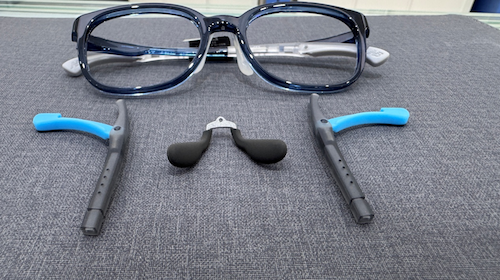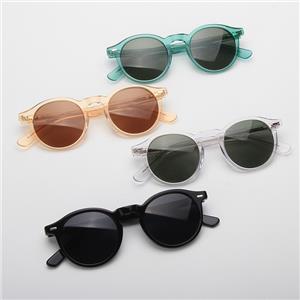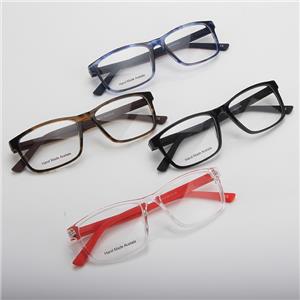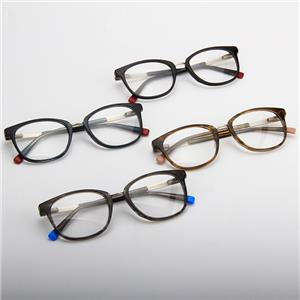Precautions for Daily nearsighted myopia glasses Wearing
Precautions for Daily nearsighted myopia glasses Wearing
First, follow your doctor's instructions for the length of time you wear nearsighted myopia glasses . Your doctor will assess the wearer's eye needs and visual function based on the degree of refractive error and determine the appropriate wearing method and type of nearsighted myopia glasses. Generally, patients who need nearsighted myopia glasses should wear them regularly. Avoid wearing someone else's nearsighted myopia glasses or wearing nearsighted myopia glasses that are already deformed.

Second, take good care of your nearsighted myopia glasses after wearing them. Try to use both hands to remove and put on your nearsighted myopia glasses, parallel to your cheeks. Doing so with one hand can disrupt the left-right balance of the frames and cause them to deform. Store your nearsighted myopia glasses with the lenses facing up or in their case to prevent wear. Avoid leaving your nearsighted myopia glasses in a car in direct sunlight. It's recommended that you clean the lenses with clean water every night. After fitting your nearsighted myopia glasses, you should also visit a professional optometry center for regular maintenance and calibration.
Third, you should regularly check your vision. For children and adolescents, whose visual systems are still developing, we generally recommend a checkup every three to six months; for adults, checkup every six months is generally recommended. If the lenses are worn or the prescription changes, re-fitting is necessary.
04 Which nearsighted myopia glasses are effective for preventing and controlling myopia?
To effectively prevent and control myopia, we need to follow up and monitor myopic children. In addition to checking corrected visual acuity and myopia degree, we also need to measure the axial length, corneal curvature, and visual function.
we need to understand the parents' myopia status and the children's daily eye habits. For children with rapid myopia progression and axial length growth, clinically effective prevention and control methods or a combination of methods can be used to minimize myopia progression. According to current research, effective methods for myopia prevention and control include OK lenses, multifocal soft contact lenses, low-concentration atropine eye drops, and defocused frame glasses.
OK lenses, multifocal soft lenses, and defocused frame glasses are all designed based on the principle of peripheral defocus for myopia prevention and control. Long-term clinical research has shown that they are effective in slowing axial length growth and myopia progression. The effectiveness of low-concentration atropine in preventing and controlling myopia has been demonstrated in clinical studies, but the underlying mechanism remains unclear. Specific timing, duration, dosage, and discontinuation procedures for medication should be strictly followed according to a doctor's instructions.
The effectiveness of various myopia prevention and control methods varies among individuals. Therefore, a doctor or optometrist can help you customize your myopia prevention and control plan. If necessary, a combination of methods can be used to achieve optimal myopia prevention and control results.
Regardless of the myopia prevention and control method chosen, the primary goal is to slow the progression of myopia. Existing methods cannot reverse myopia; they can only correct and slow its progression. Therefore, avoid blindly believing advertisements claiming to "cure myopia," "rehabilitation," or "myopia killer." Not only will you waste money, but you may also delay your child's proper treatment.
Finally, preventing and controlling myopia isn't a one-night process. Cultivating good eye habits is crucial. Children and adolescents, regardless of their myopia status, should adhere to the "one increase, one decrease, and one memory" principle: increase outdoor exercise, reduce close-up eye use, and remember the correct writing posture of "one fist, one foot, one inch."




